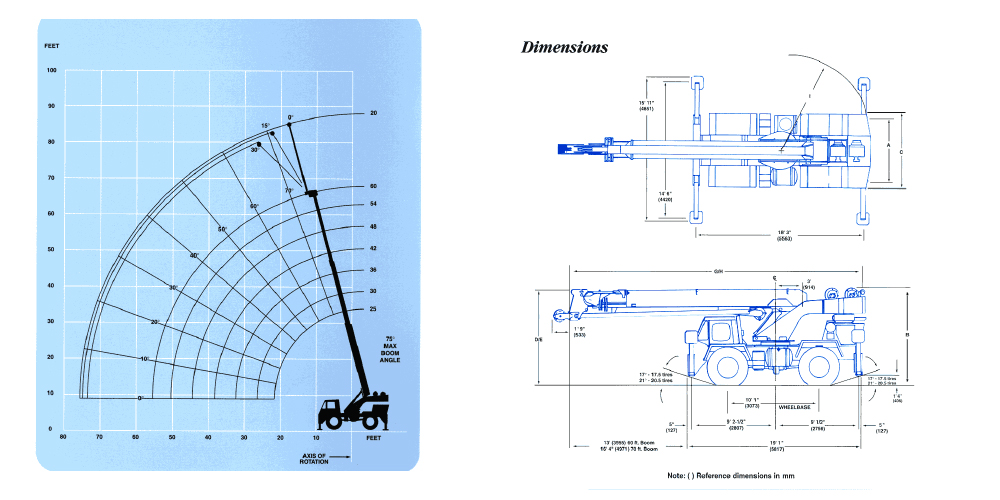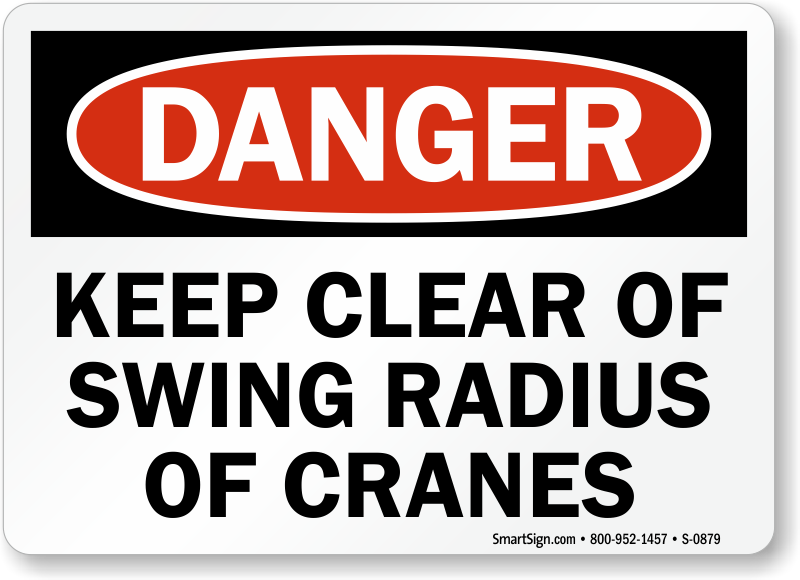

Most important, operators must know the configuration of the crane, ensure the configuration is correct, and use the appropriate load chart.


What is the configuration of the hoist reeving?.What counterweights are used? Are they configured according to the manufacturer’s specifications?.What type of boom is used? What is the boom length? Where are the boom insert locations?.Load chart ratings may only be applied if the machine is rigged according to the manufacturer’s specifications. Some of these factors are described below. The BOOM command, which is always present in GHS and BHS, provides a convenient alternative to the ADD command for locating a hook load as well as boom and rotating structure weights.Ĭopyright (C) 2016, Creative Systems, Inc.The first step in creating a lift plan is to understand the factors affecting the strength and stability of mobile cranes. Note: If you are concerned only with ship stability, and 'simple' crane calculations, you do not need the Crane module. The best way to learn about the Crane Wizard is to review the manual: Plan view is shown with circle of the current crane radiusĪ primary benefit of the Crane Module is that it unlocks the Crane Wizard. The Condition Graphics (CG) module adds display functionality to the Crane Module, showing current and rotated body, profile and plan views of the crane and vessel in the current relation to the waterplane. These features can also be provided in a GLM (GHS Load Monitor for use on board a vessel). A second window reports the crane response in terms of heel, trim, effective elevation, effective radius, and percentage of load capacity. When LEw employs the Crane Module, a crane input window appears within the main LEw window for input of hook load, azimuth and elevation angles and radius. Load Editor with Windows (LEw) works interactively with the Crane Module. It will produce reports showing the results of specified lifts, including data from a range of swing angles through a comprehensive wizard for specifying crane parameters and capacity tables. Although useful for modeling any rotating crane, the Crane Module is especially helpful for complicated, vessel-mounted cranes such as those having multiple hooks and for using crane capacity tables.


 0 kommentar(er)
0 kommentar(er)
